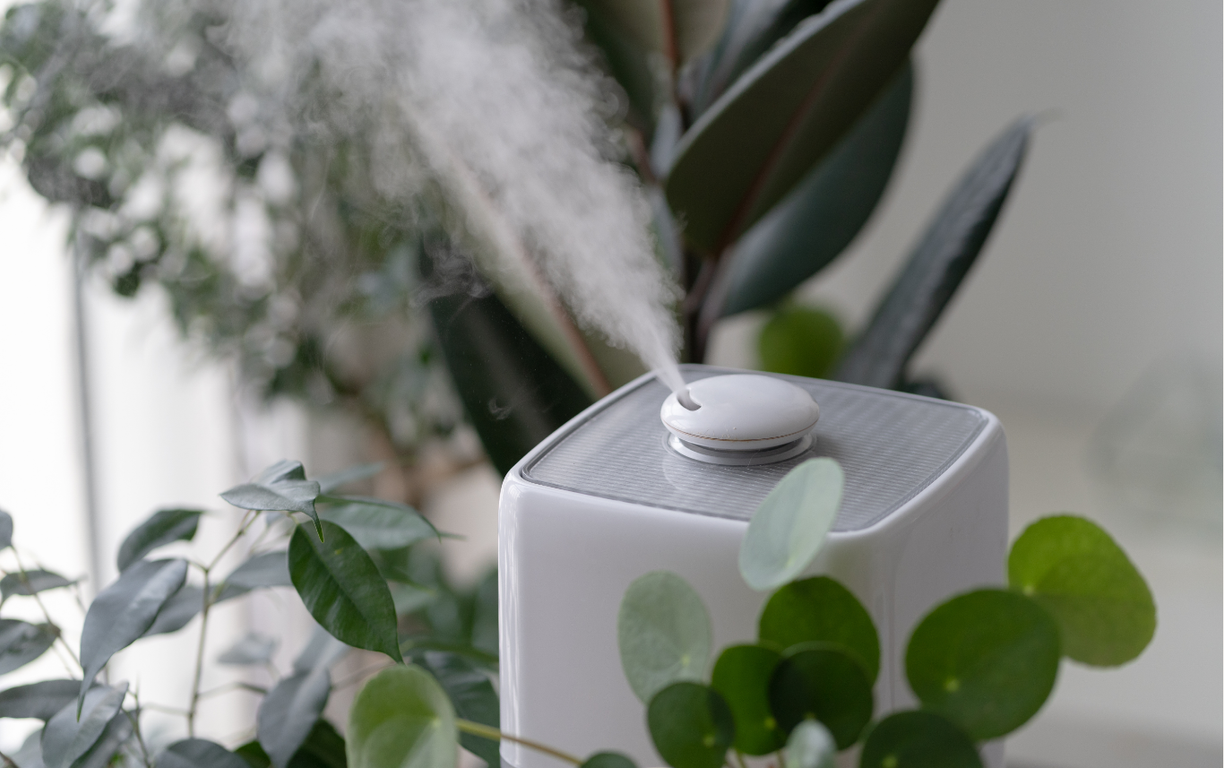Physical Address
304 North Cardinal St.
Dorchester Center, MA 02124
Physical Address
304 North Cardinal St.
Dorchester Center, MA 02124

Breathing comfortably is something most of us take for granted, but dry air can make it a challenge. I’ve often found myself wondering if a humidifier could be the solution to ease discomfort and support lung health. With so much information out there, it’s easy to feel overwhelmed about whether adding moisture to the air can truly benefit our respiratory system.
Breathing comfortably is something most of us take for granted, but dry air can make it a challenge. I’ve often found myself wondering if a humidifier could be the solution to ease discomfort and support lung health. With so much information out there, it’s easy to feel overwhelmed about whether adding moisture to the air can truly benefit our respiratory system.

Humidifiers add moisture to the air, which can alleviate discomfort caused by dry conditions. They play a significant role in enhancing indoor air quality and supporting respiratory health.
A humidifier increases humidity levels within a space by emitting water vapor or mist. This addition of moisture can help alleviate symptoms associated with dry air, such as dry throat, irritated sinuses, and dry skin. Different models exist, catering to various needs, including cool or warm mist options.
Using a humidifier offers several advantages for respiratory health. It can significantly enhance the quality of indoor air, promoting better lung function.
Improved air quality results from optimal humidity levels ranging between 30% and 50%. Humidifiers add moisture to the air, reducing dust, allergens, and irritants common in dry environments. Cleaner air leads to decreased respiratory irritation, making breathing easier for those with asthma or allergies. A study by the American Journal of Respiratory and Critical Care Medicine found that maintaining higher humidity can lower the risk of respiratory infections.
Moisture retention in lungs is crucial for maintaining respiratory health. When humidity levels are appropriate, nasal passages stay hydrated, reducing congestion and discomfort. Humidifiers help by keeping mucous membranes moist, facilitating easier mucus clearance from the lungs. This moisture aids in the prevention of conditions like bronchitis and sinus infections. Research indicates that inhalation of humidified air can significantly improve lung mechanics, supporting overall lung function.
Using a humidifier benefits lung health, but certain risks and considerations must be acknowledged. Understanding these factors ensures safe and effective use.
Over-humidification occurs when indoor humidity levels exceed 50%. It can lead to mold growth and dust mites, which exacerbate respiratory issues. Indoor air that’s too moist can create an environment that encourages respiratory infections. To avoid over-humidification, I monitor humidity levels with a hygrometer, adjusting my humidifier settings as needed.
Humidifiers can harbor allergens and bacteria if not maintained properly. Stagnant water in the tank serves as a breeding ground. I clean my humidifier regularly and change the water daily to prevent these issues. Using distilled water rather than tap water reduces mineral buildup, which can also contribute to respiratory irritants.
Humidifiers play a vital role in maintaining optimal air quality, especially under certain conditions. Knowing when to use one can enhance lung health significantly.
I often find that using a humidifier during cold months is beneficial. Winter air tends to be dry, leading to increased respiratory discomfort. It becomes essential to maintain humidity levels between 30% and 50% to combat the adverse effects of dry indoor air, such as cracked skin and irritated airways. Using a humidifier during this time can also relieve symptoms of colds and flu by keeping nasal passages moist. Additionally, spring and summer storms can create high humidity, making it important to monitor indoor moisture levels to prevent excess humidity, which can foster mold growth.
I recommend using a humidifier for individuals with specific health conditions. People with asthma or allergies often experience relief from symptoms when humidity levels increase. This improvement occurs because moist air reduces airway irritation and enhances mucus clearance. Additionally, during recovery from respiratory infections, humidifiers can aid healing by preventing airway dryness, thereby easing cough and congestion. Individuals suffering from sinusitis may also find that humidifiers help alleviate sinus pressure and improve overall comfort. It’s crucial to adjust settings based on individual health needs for optimal benefits.

Using a humidifier can be a game-changer for lung health when used correctly. I’ve seen firsthand how adding moisture to the air can ease breathing and reduce discomfort caused by dry environments. By maintaining optimal humidity levels, I can support my respiratory function and potentially lower the risk of infections.
However, it’s essential to stay mindful of humidity levels and keep the humidifier clean. Overdoing it can lead to unwanted complications like mold growth. By being proactive and adjusting settings based on my specific needs, I can truly enjoy the benefits of a humidifier while keeping my lungs happy and healthy.